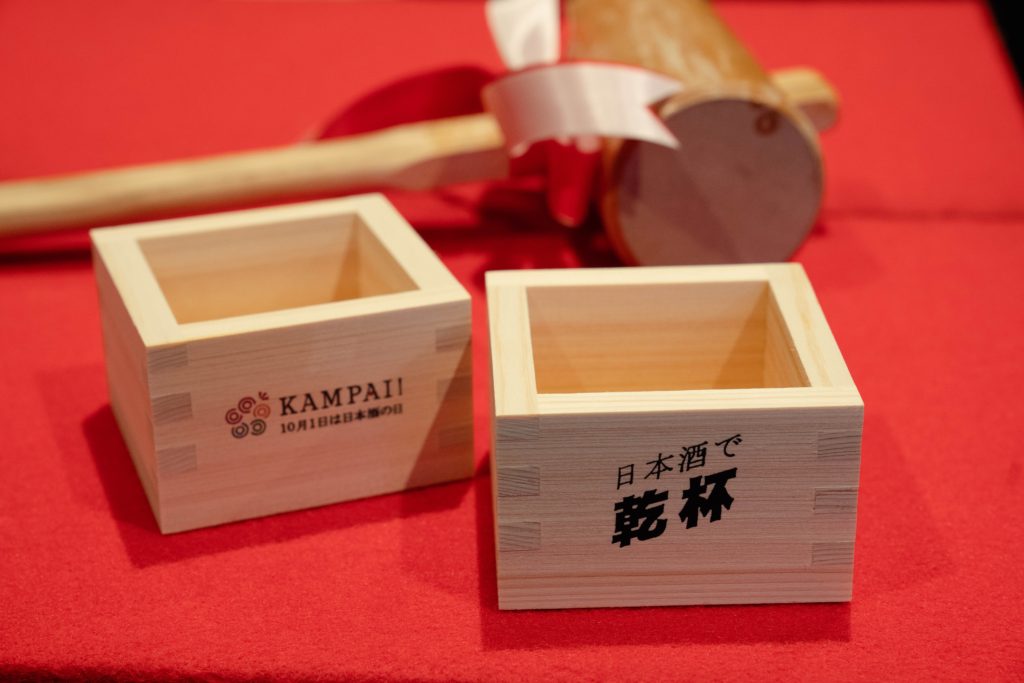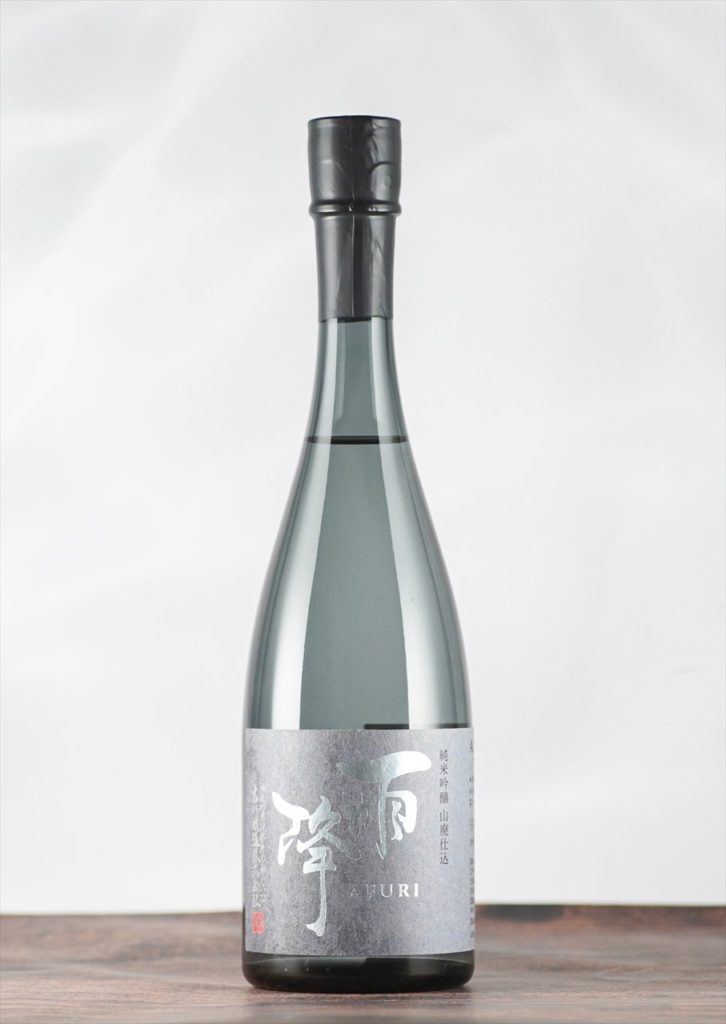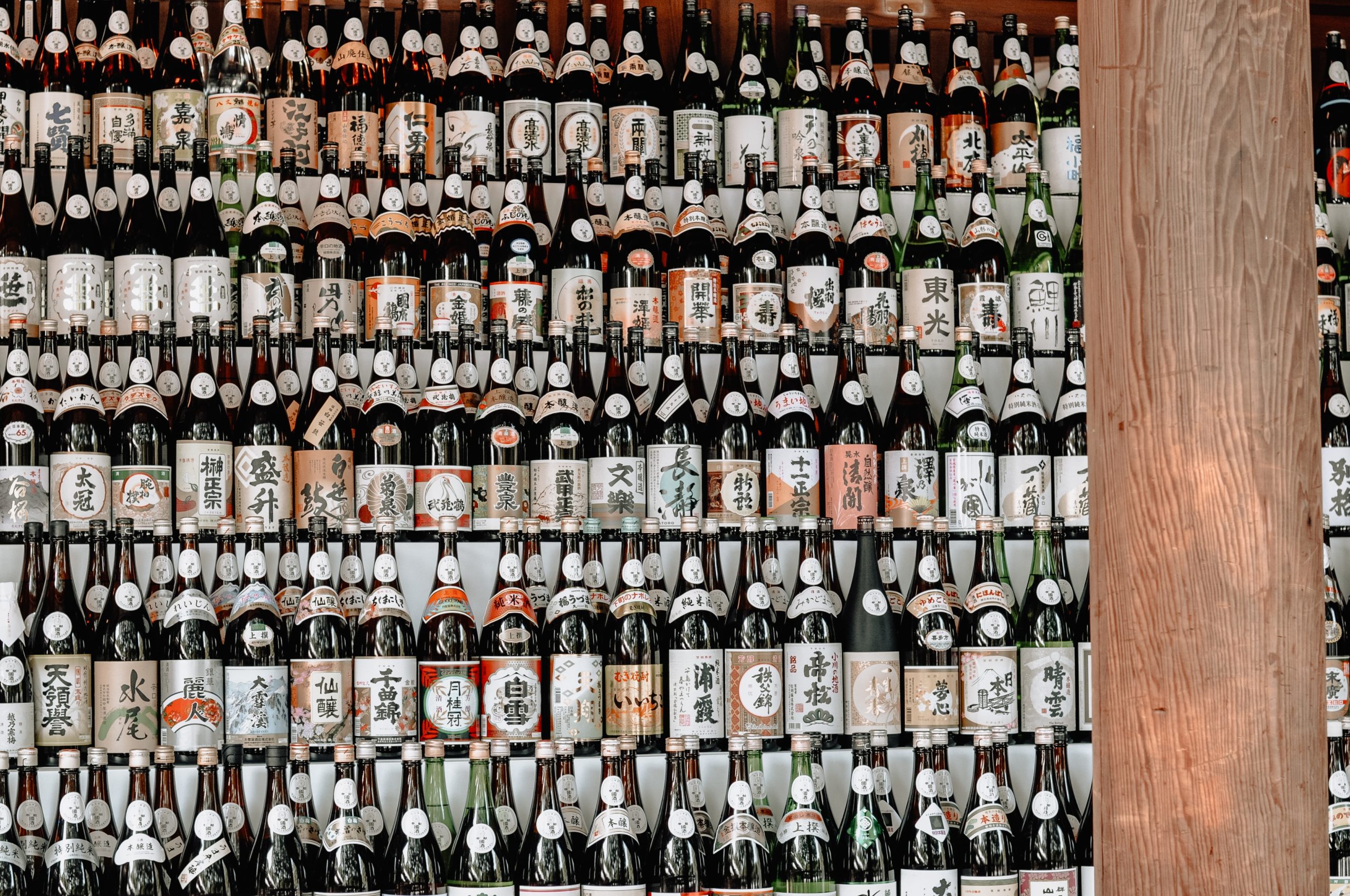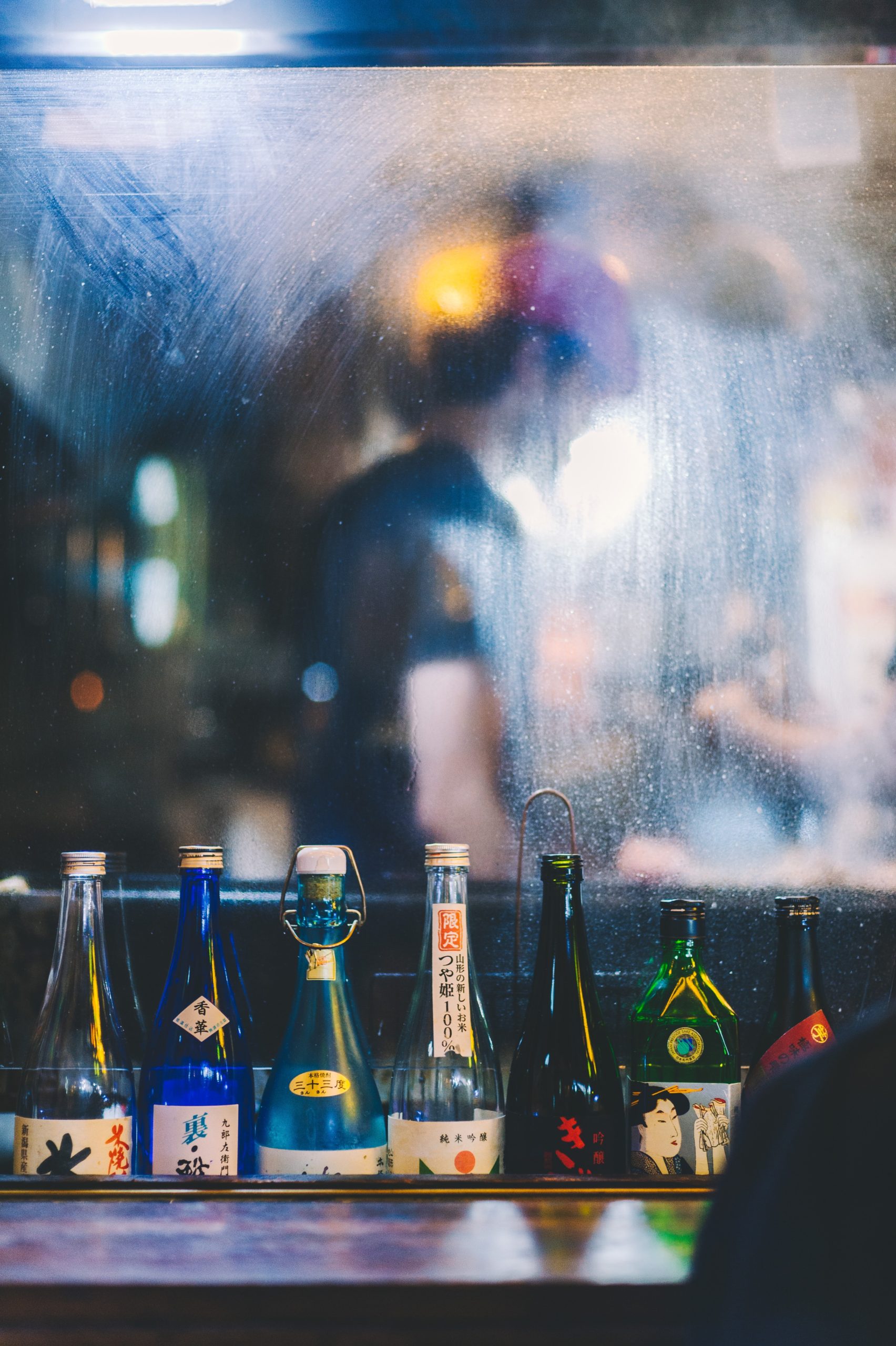Thanks to prominent sake distributor figures pushing the envelope and creating a flourishing market for the fermented rice beverage, Singapore has a thriving sake scene.
When not being around sake and donning their happi coats, it’s hard to imagine these three men dedicating themselves to improving Singapore’s sake industry.
Adrian Goh is the director of sake distributorship Inter Rice Asia. He has been operating since 2013, supplying sake to a less developed market and nurturing it until present day, where sake is now enjoying a renaissance. Accredited by entities like the Sake Service Institute, Sake Education Council, and the Sake Sommelier Association, the 40-year-old is the sensei (or teacher) many look to for guidance in the local sake scene.
Oh Reuben Luke, a 27-year-old who counts Goh as a mentor is one of them. In October 2021, he became the first Singaporean to receive the Young Sake Ambassador of the Year award given by the Sake Sommelier Association in London to the 18 to 30 age group. Having the international limelight associated with it is a big win, not just for him, but for the sake scene in Singapore as well.
While Oh became the first Young Sake Ambassador in Singapore, 55-year-old Joshua Kalinan – also Oh’s sensei and from whom he took courses – was the first Singaporean to claim the prestigious Sake Sommelier of the Year title back in 2018. In a gruelling competition that includes a blind taste test, a food pairing challenge and more, the already-certified wine sommelier emerged victorious, adding the win to his list of accolades. It also includes Master Sake Sommelier, International Kikisake-shi, Certified in Sake & Shochu with the Japan Sake and Shochu Makers Association (JSS).

A PEOPLE BUSINESS
Talk to anyone in the sake trade here and chances are they know them. It’s no surprise, as the scene is a close-knit one, thanks to the likes of Goh, who continually seeks to foster a community. “The current batch of people working in the trade has a great relationship,” he remarks. “The different distributors often meet for dinner to talk about the latest trends.”
One of the reasons Oh is drawn to the sake scene is its communal feel. He has been drinking sake since he was of legal drinking age, and the former sake sommelier at modern Japanese restaurant Sake Labo believes “knowing the palates of your fellow countrymen makes success as a sake sommelier possible”.
“Each person’s palate is unique. You cannot take your knowledge of sake and spread it everywhere,” he adds. “People from America and Japan have different tastes. Knowing what people like makes you good at what you do.”
Kalinan knows local palates very well. The fervent proponent of pairing local fare with sakes coined the term “food harmonising” to express his appreciation for sake-food combinations. “It wasn’t by chance that I discovered my gift in unconventional pairings. I have even mentioned that sake pairs well with mutton biryani,” the proud home chef proclaims. “It is a far-fetched concept for many. To me, it’s real.”
As an example, he explains how he segments sake styles into four categories: aromatic, light and airy, rich and voluptuous, and finally aged sakes with notes of nuttiness, mushroom, and caramel. Once you understand the concept and attributes of sake, you will be able to take pairing, or harmonising, to a whole new level.
Consumers have become savvier in this area and welcome the chance to try sake-food pairings of a more adventurous nature. There is no doubt that the breed of sake consumers in Singapore are now more open to input, and are always on the lookout for unique and new ways to appreciate sake.

AN UNLIKELY CATALYST
Covid-19 created an opportune moment, with the last two years giving rise to many new touch points for Goh to spread his love for sake. The pandemic “actually created a lot of opportunities for consumers to get closer to the producers.”
Goh says, “Previously, if you wanted to learn more about a sake brewery, you would have to visit the brewery in Japan. We often hold talks with brewery owners and brew masters using technology like Zoom. As a result, more people have sought official certification with education providers of Japanese sake, resulting in a more discerning local consumer base.”
Kalinan’s experience is very much in line with this. “The pandemic has led to a boom in the alcohol industry, especially for sake,” he says, attributing that boom to an increase in online sales and a flood of new platforms to meet that increased demand. “People are buying sake online to have with food home because of the restrictions on dining during the pandemic.”
In addition to online consumption, offline consumption is also on the rise. “More sake bars were open during the pandemic,” observes Kalinan. “The number of non-Japanese restaurants offering sake is increasing. The recent export survey by the JSS surprised me when it showed that [Singapore] is the top importer of sake. This indicates that the demand for sake is on the rise.”
In turn, more people will join the trade. A new generation of sake-loving people is emerging. “Newcomers entering the industry signal its growth, and new ideas can revitalise the industry,” says Goh.
Oh offers sage advice to those new to the space. “Go into the F&B industry. You have to learn your customers’ tastes and work on the ground. Different cultures will taste sake differently. As a distributor, you need an understanding of people’s tastes, and you don’t get that by chance.”
He adds, defying the stereotype of an entitled generation. “It’s hard work and effort. Even if you’re in sake education, you should know what the surrounding palate is like. Alcohol is meant to be drunk, and you must know what people like. You can’t be relevant to the people if you aren’t relevant yourself.”
ALWAYS SOMETHING ON THE HORIZON
Sake is enjoying its moment in the sun, but new challenges are surfacing. Through his many platforms, Goh continues to defy common misconceptions about sake. “I think it is a mistake to pair sake exclusively with Japanese cuisine. Because of its high umami content, sake pairs well with a variety of food.”
He explains how commonly perceived lower grades of sake can pair better with food. “People love Junmai Daiginjo sake because it is supposed to be the best. Some of the hottest sakes have been more modest in recent times. Junmai sake, considered to be more entry-level, is generally less aromatic but has more body, complexity, and umami. I feel it goes better [than the former] when taken together with food.”
In a similar vein, Kalinan urges consumers “not to be fixated on famous brands”. The sake education he promotes is more important than inflated titles and branding. “Understand the sake lexicon and the various styles. Don’t go straight for the lowest polishing ratio possible, such as Junmai Daiginjo.”
Oh feels the same, and is even noticing the change already occurring. People are looking for different flavours now. He notes an experience he had at Sake Labo. “After serving one customer for an entire night, she asked me which ones were Junmai Daiginjos. I told her none of them were, even though all of them were nice.”
He finds this to be a welcome shift, saying that drinking only Junmai Daiginjos is akin to only drinking Burgundy wines.
Now with plans to tour sake breweries in Japan and improve his sake knowledge by “going to the source and meeting the people behind it,” Oh sees his journey in the sake world as only just beginning. The same is true for Goh and Kalinan. Even though they are in different stages of their voyage from Oh, they are only now just enjoying the first fruits of their labour as the sake industry approaches a new dawn.
Original post: https://www.thepeakmagazine.com.sg/gourmet-travel/sake-sommelier-covid-new-misconception-education-local-booming/
 Previous Article
Previous Article Next Article
Next Article
- Categories:
- Share :
 Previous Article
Previous Article Next Article
Next Article
